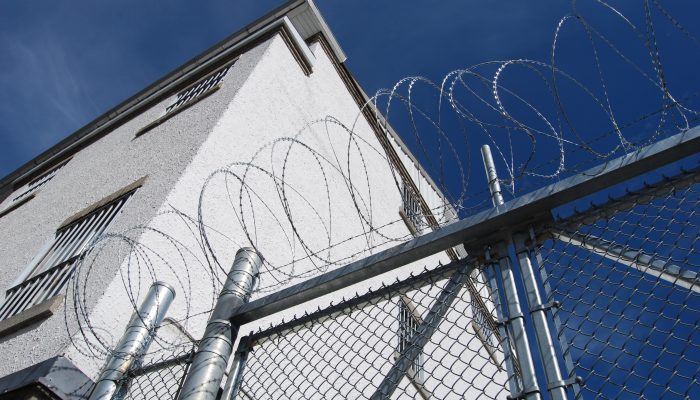Like many who fall afoul of the law, Tarra Simmons was born and raised in a taxing household environment from which few would succeed. She dropped out of school at 13 and gave birth at 15. In 2011, she was sentenced to 30 months in prison for several charges. It was in prison that, under threat of solitary confinement, she says was coerced into working for cents per hour.
After cleaning up her act, obtaining a law degree, and establishing a nonprofit to help ex-convicts, Simmons was elected to the Washington State House of Representatives in 2020. Tapping her experience as a former inmate worker, Simmons sponsored the Real Labor, Real Wages Act earlier this year that would raise inmate income to the state’s minimum hourly wage. Washington’s current hourly wage floor is $15.74. The federal minimum wage is $7.25 an hour.
The American Civil Liberties Union estimates that about 1.2 million people are incarcerated in state and federal prisons, and that nearly two-thirds of those incarcerated are workers – with many paid nothing for their work. The U.S. has the world’s highest incarceration rate, according to the Prison Policy Initiative, at about 664 per 100,000 people. (Here are 23 famous cases of wrongful imprisonment in America.)
The Thirteenth Amendment of the U.S. Constitution prohibits slavery and involuntary servitude, except as a form of punishment for people convicted of crimes. Eight state constitutions have their own provisions that permit inmate slavery or involuntary servitude, and eight other states prohibit slavery but allow inmates to be paid pennies on the hour for their labor, often using non-physical threats, including losing visit and phone privileges and earned time off that lengthens their sentences. (Also see, these are the states with the most people on death row.)
To identify the extent of the U.S. prison economies, 24/7 Wall St. reviewed the report, Captive Labor: Exploitation of Incarcerated Workers from the ACLU and Global Human Rights Clinic of The University of Chicago The Law School for the year 2022. The twenty states with the highest number of prisoners who are also working are listed here, along with the pay scales for non-industry prison jobs and jobs in state-owned correctional industries.
The average pay scale for prisoners working non-industry jobs nationwide is 13 cents to 52 cents per hour. Non-industry jobs include some skilled or specialized work assignments, but mostly support the operation of the prison facilities, including jobs such as cooks, dishwashers, janitors, groundskeepers, barbers, painters, or plumbers. Such jobs are generally compensated at the lower end of the non-industry pay scales. More than 80% of prison jobs are maintenance work.
State-owned correctional industries jobs include sign and license plate manufacturing, meat and milk processing, optical and dental laboratories, and recycling and metal shops, among others. Such jobs constitute about 65% of prison jobs and generally pay higher wages with a national average of 30 cents to $1.30 per hour.
You can read the full article at 24/7 Wall St.

